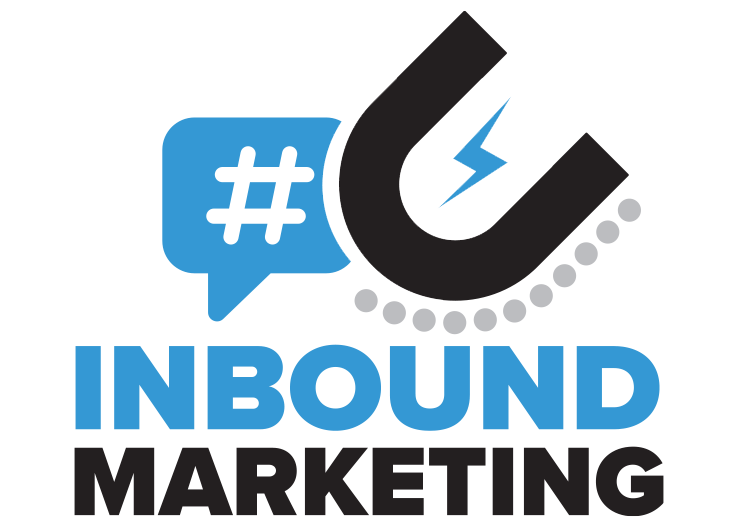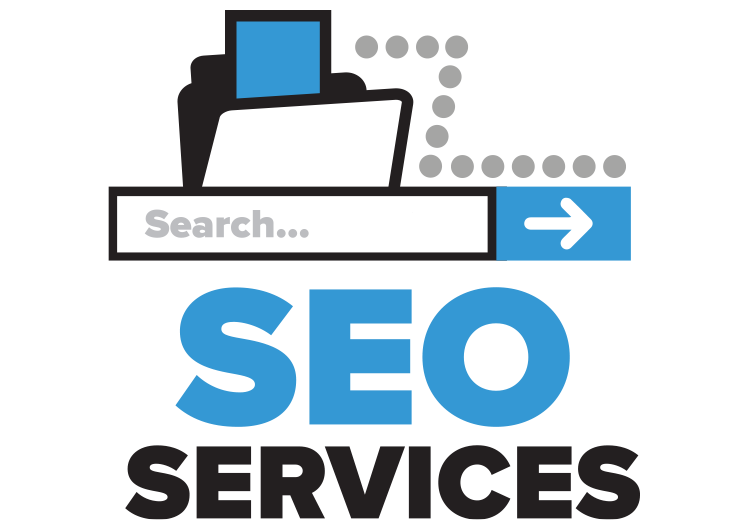![How to Write a Blog [Tips for Professional Content Writing]](https://blog.greyphin.com/hubfs/greyphin-how-to-write-a-blog.png)
In our last blog post, we discussed the importance of content writing for your business. So, now that you understand why it’s important to have high-quality content with relevant keywords on your website, let’s talk about how to write a blog.
Blog posts are great tools for search engine optimization as well as for engaging your audience. They’re also great for boosting traffic to your website, building brand awareness, and helping with conversions that may potentially lead to a purchase of a product of service.
But how exactly does one go about writing a blog that will help build a website’s authority?
First thing’s first - you must have a dedicated blog subdomain on your website and a content management system (CMS) that will allow you to publish your posts. Once you have your blog set up on your website, then you can start writing!
Know Your Audience
The most important part about how to write a blog is knowing your audience and crafting a strategy to create relevant and useful articles for that audience. What type of information is your audience looking for? What do they like? Do you think they’ll enjoy a blog that’s centered around news from your business, or posts about specific products and services? Knowing your buyer persona and understanding their needs is key for a successful blog strategy.
Choose a Topic
After getting to know your target audience, then you can start thinking about blog post topics. Of course, one thing you’ll want to consider is the format of your article. Do you think they’ll like more BuzzFeed style list-based posts, or more long-form posts with infographics or steps on how to do something?
Once you’ve decided the type of post you want to write, then it will be easier to settle on a specific topic. It’s important to choose something relevant to your business and what you think your audience wants to read. Otherwise, you’re going to waste your precious time penning a post that won’t get much traffic - signaling to search engines that your content is irrelevant, and in turn, lessening your authority on the internet.
Perform Keyword Research
After nailing down a topic, the next step is to do keyword research. This is an important part of the process of how to write a blog. Keyword research can be done by searching for your topic, and words or phrases related to your topic in a keyword research tool such as LongTailPro, Moz, or Ahrefs. These tools will give you recommendations of keywords to use in your content based on search volume and keyword competitiveness. You can learn more about keywords in our post Greyphin SEO: What are Keywords?
Start Writing
Now comes the fun part - writing! Once you’ve figured out your target keyword and topic for your blog post, it’s time to get to work. Remember, it’s imperative to use your target keyword in your blog’s title, the page title, and your meta description.
The blog title is what appears at the top of the article that you publish. That’s simple enough! But the page title and meta description may not be familiar to you. And that’s okay! A page title, or title tag, is simply the title that appears in the tab of your browser.
You know when you look something up on a search engine and you see a list of results on the search engine results page (SERP)? The meta description is the blurb of text that appears describing what’s on each page on the list. Your meta description should be concise and describe exactly what your blog is about in order to attract high-quality traffic to your website.
After completing the SEO items for your blog post, it’s time to start really digging into the meat of your article. Always keep in mind that your writing style, tone, and the content on the page should be relevant to what your target audience is searching for. Also remember to use your selected keyword in the text of your blog post, but keep in mind to not overuse it. Using your keyword often and in natural ways is fantastic, but search engines can sense when you’re forcing keywords (known as keyword stuffing) into your text, which is frowned upon.
Think about this, too - the point of your blog is to create awareness and drive conversions, so you’ll want to add a call to action (CTA) at the end. The CTA can be simple, such as inviting people to contact you with questions, or it could be more involved, such as directing them to a downloadable resource from your website. Either way, your CTA should entice your audience to perform some sort of action.
Upon completing your blog post, make sure that you look it over, or have someone else read it, to search for any errors. Proofreading is important to ensure that your writing appears professional to your readers.
Choose an Image
Of course, you’ll also want to find an appropriate image to accompany your post. There are several great stock photo websites out there that offer free photos for your use, such as Pexels and Pixabay, but you may always want to look into paid stock photo websites for more offerings. Be sure to size your image to the correct dimensions for your blog, give it a title, and an alt-tag as well.
Learn more about optimizing images for your website in our blog post titled Learn about Optimizing Image from the SEO Pros at Greyphin.
Schedule Your Post
Done writing and editing your post? Great! Now’s the time to schedule your post. Posting regularly and at the same time each week or month is ideal for creating a routine for you and your readers. You should also consider creating a social media post to promote your new blog post and schedule that as well.
So, how do you feel after reading this super-meta blog post about how to write a blog? If you’re feeling a little nervous or, perhaps overwhelmed, don’t fret - Greyphin offers copywriting services for all of your website content and blog writing needs. Contact us here to learn more.









